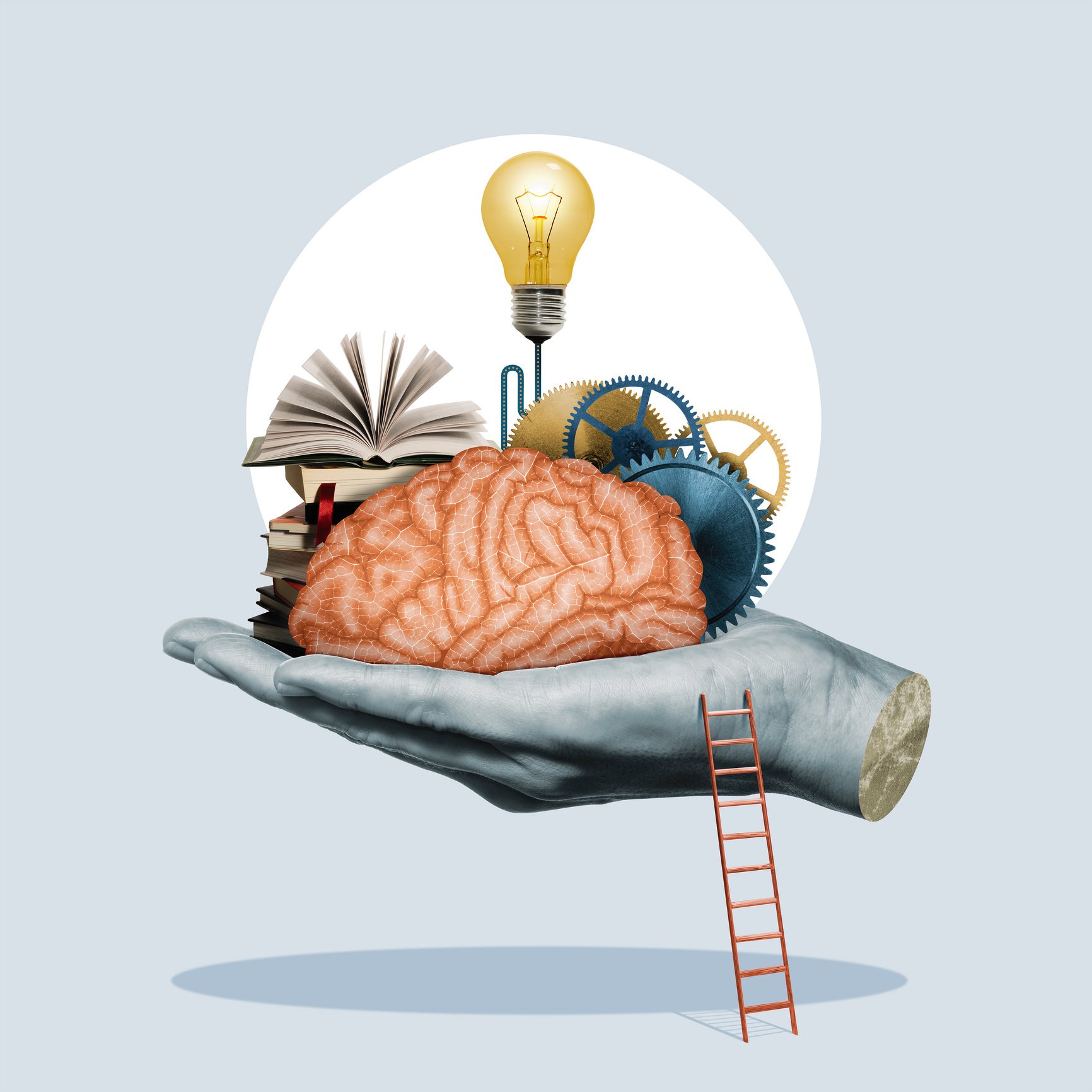How to Use ChatGPT Artificial Intelligence for B2B Marketing

Is AI a Friend or Foe to B2B Marketers? Will It Help Us or Replace Us?
Forecasters have been writing about the coming explosion of artificial intelligence in marketing, and ChatGPT is a powerful new easy-to-use tool that has made it accessible to anyone far beyond just the IT/code developer world. Many news reports have described how powerful and simple this currently-free program from OpenAI is for any of us to use. The instant results are astounding, even from detailed queries:
- “Write a 1000-word blog on water treatment chemicals.”
- “Convert that blog into 10 LinkedIn posts.”
- “Give me a 200-word video script on how to choose a sanitary pump in food processing plants.”
- “Write four paid search ads that promote supply chain software.”
In just seconds, ChatGPT, or the tool we’re using at GGC called Jasper, will happily complete the assignment with a first draft and eagerly wait for the next task. It’s truly a brave new world.
It’s also clear that soon they’ll begin to have implications far beyond writing that touches every portion of digital marketing, from website design to code development to eventually marketing strategy.
Amazing Potential, but AI Tools Need Human Help
We’re excited about the potential for these new tools, and they’ll only get better and more precise in their writing. We look at it as an effective way for us to double or triple the amount of content we’re able to generate, obviously without doubling or tripling the cost.
But they’re not plug-and-play, and that’s a mistake some people may make. Do we still need to have professional writers/marketers if these tools are so powerful and effective? I would say we do, of course, but the truth is that these new programs may take us part of the way in creating a piece of content. There remain shortfalls that professional B2B marketers need to compensate for.
What to Watch for: AI Writing Checklist
At GGC, we’re planning to use AI writing tools in our work. But we’ve created a checklist our strategists apply to anything produced by AI:
- Is it accurate? Some AI content tools generate statements that upon review are not factually or technically correct. In fact, it’s important to know that ChatGPT is based on Internet information as of 2021. It’s not generating copy based on a real-time knowledge base that’s current.
- Make sure the angle is interesting and would be something our audiences would want to read. Shaping the angle remains paramount for thought leadership and whatever we produce. It must still follow our GGC mantra, "Teach me something to do my job better.”
- Ensure the text incorporates the client’s competitive advantages. Our writers will add this to anything AI produces. Our second imperative for the content we produce at GGC is that it must answer, “Don’t tell me what you do; tell me what you do better.” No AI tool today is effectively adding these comparative advantages to its writing.
- Incorporate your company’s business and marketing goals. If you’re focused on attacking new housing construction versus retrofits/upgrades, for instance, AI won’t include that in its writing. You’ll have to slant the text it produces to reflect your own priorities.
- Include “such as” references to your products. If the Jasper AI tool is writing a blog about test equipment, it won’t include any product references about your specific product spec advantages, or how your products offer some capability better than its competitors.
- Ensure a blog isn’t redundant with other blogs or text on the site. After a while, without the proper angles and shaping, AI content can tend to sound repetitive.
- Ensure the content adds meaningful thought leadership for your company, that it highlights real content from real experts your company provides.
- Look for missing transitions. Some AI content would read better with more transitions from section to section.
- Look for a persona mismatch—is it written for an audience at the wrong level? Is it written for high-level plant engineers when it should instead be targeted to maintenance managers? That’s a subtle difference, one that’s often out of reach for today’s AI tools.
- Look for a buyer journey mismatch—is it written for early-stage top-of-funnel “discovery” when in truth you need more middle-of-funnel “decision” stage content?
- Steer clear of copyright infringement. We always run our AI-generated blogs through our Grammarly tool to look for plagiarism alerts, but it usually comes up clean. However, that may not always be the case as we go forward. Recently a few graphic design websites that rely on producing AI-generated or AI-enhanced work are being sued by various copyright holders. The example cited was to find an image “in the style of Renoir.” ChatGPT then returns results having copyrighted images, and thus breaks copyright laws. The same vulnerability exists for text.
- Is it not technical enough or too superficial? This has been a problem with tools at this stage of development.
- Some apps have already been developed that detect AI-generated content from these tools. Ensure there’s enough fresh content to pass these filters.
- Think about what’s the next piece of content you’d want your customer or prospect to read and include links to push readers to those pages or call-to-action buttons to convert the reader into a prospect.
- Add SEO content, anchor links and tagging to ensure strong rankings.
It’s a long list, and likely more checkpoints will develop over time as we all gain more experience with these tools. But the potential for AI to dramatically increase the amount of content we create is undeniable – and exciting. We’re not looking at it as a tool that minimizes the marketer’s role, but one that can supercharge our impact.
ChatGPT is Just a Marketing Tool
Do we still need skilled content creators, or just our AI friends? You know the answer. It’s similar to what it was like 30 years ago when the easy-to-use Macintosh desktop computer first hit the market with graphic design software. It seemed that now anyone could make a flyer or brochure. What we quickly found was that talented designers were still needed.
In truth, the Macintosh made it possible for a lot of people to do a lot of really bad work. That’s what’s facing us today with AI writing tools. Marketing talent is still needed to make it perform in a way that delivers B2B marketing ROI.
At GGC, we don’t look at AI tools as competitors, but as enabling tools that will make us more effective marketers, that will increase the amount of storytelling we can do in our markets.
Steve Jobs had a similar take when someone asked him about his popular new iPod. iPod technology was actually first developed by Sony, which at the time was awash in revenue from its Walkman music players. Sony didn’t pursue the iPod, Jobs said, because it was afraid it would cannibalize its huge Walkman franchise and compromise Sony digital music piracy policies.
Jobs said it taught him an important lesson, which I’ll paraphrase: “If you don’t work to replace your own technology with something better, someone else will do it to you.”
AI won’t replace us, but it will create incredible leverage and efficiencies that smart B2B marketers will bring to their work.






